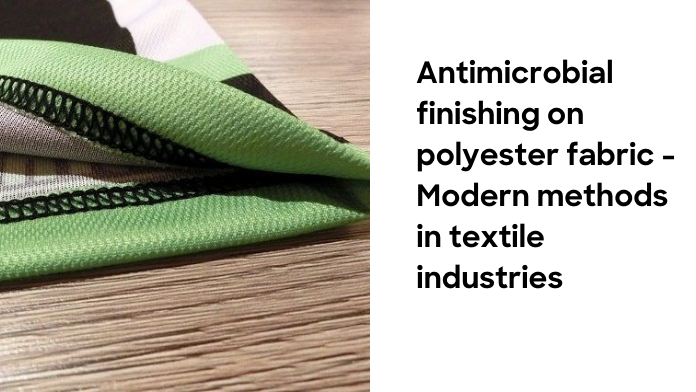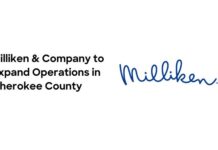Antimicrobial finishing on polyester fabric is replacing the traditional treatment methods and it shows effective results than the traditional treatment.
The impact of Covid is on every industry and people became very much concision about the hygiene in today’s world. When it comes textile industry, an important growing part of the industry is related to healthcare, medical, and hygiene products. The textile materials must meet the particular needs of the medical and surgical applications. It includes flexibility, strength, breathability, and moisture permeability. Natural fibers cannot give long durability, in such cases, synthetic fibers can be an alternate option.
Polyester, also called polyethylene terephthalate (PET), is one of the most widely used synthetic fibers in the world. It contains a monomer of an ester functional group. It has many advantageous characteristics which include the preparation process, high strength, and long durability. The preparation process is simple as well as it requires low cost. On comparing polyester with other synthetic fibers, the application of polyester is extensively used in the textile and apparel industries.
To prepare hygiene products and in the medical application, the polyester fabric must require antimicrobial finishing. As polyester is a hydrophobic fiber it is problematic during the finishing process by surface treatment. Several researchers are working on it to overcome this problem.
Few treated procedures are as follows:
Antibiotics treatment
There are many procedures for preventing contamination of these biomaterials. One of the most engaging methodologies includes the antibiotic of anti-microbial. It is done through different modalities onto the outside of the biomaterial. Few application methods and different antibiotics using for antimicrobial fishing are Quinolone antibiotic on Ciprofloxacin (Cipro) and Anthracin antibiotic on Tricolosan are directly applied in dyeing. Azithrocyanin on Phenolysin is applied by the pad-dry-cure method. In most cases, antibiotics are directly applied to the surface treatment during dyeing.
Chemical treatments
Different chemicals have been applied to the antimicrobial treatment of polyester fabric.
Some of the chemicals show good antibacterial stability due to the chemical interactions between polyester fabrics. When it comes to silane compounds, the polyester fabrics are coated with the cationic agent first. Later using the ion-exchange process, the chemicals are applied to make covalent bonds. It shows the antibacterial activity for up to 1 year. If only surface treatments are taking place then it shows a little stability of antibacterial activity.
Physical treatments
Various physical treatments have been applied for the development of antimicrobial polyester fabric. Among which plasma is one. Plasma treatments are surface coatings. This process is cost-effective, uniform, harmless, and appropriate to numerous materials. This keeps the mass properties of the substrate unblemished.
Argon gas plasma initiated non-woven PET. Along with that, water-soluble monomers like acrylamide and itaconic were joined onto PET. It is done by UV-initiated surface unite polymerization. The hydrophobic surface of the non-woven polyester was changed into a hydrophilic surface, after the plasma enactment. The biomedical utilization of polyester incorporates prosthetic parts,
Finally, it can be concluded that modern treatment methods and smart fabrics are dominating the industry.The antimicrobial finishing on polyester fabric, can provide effective approaches than the traditional treatment.













